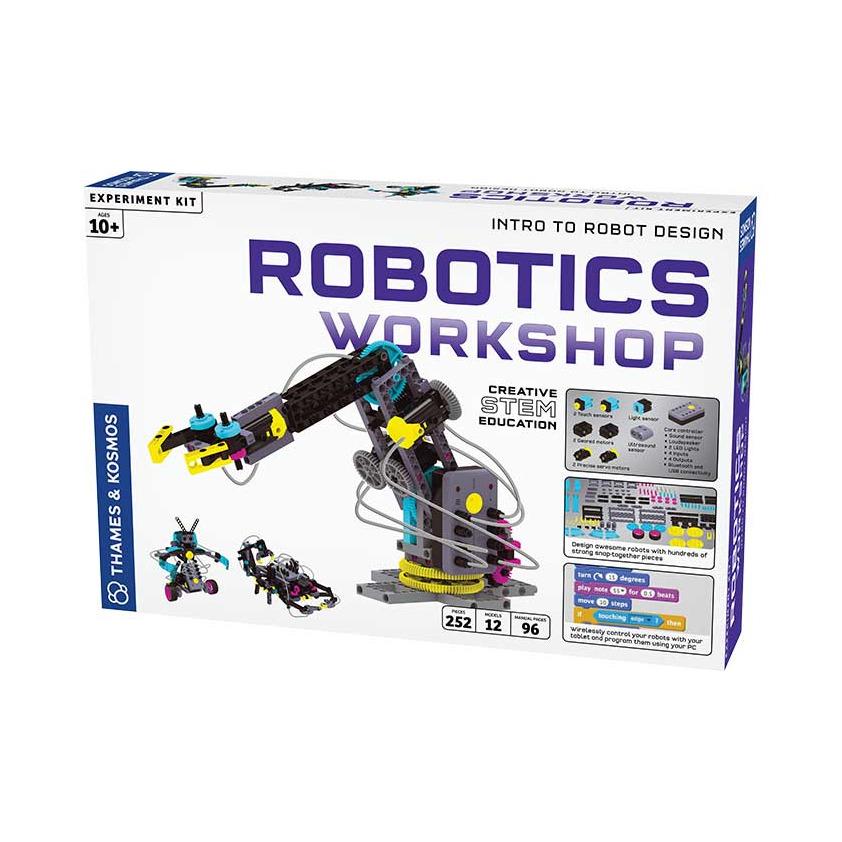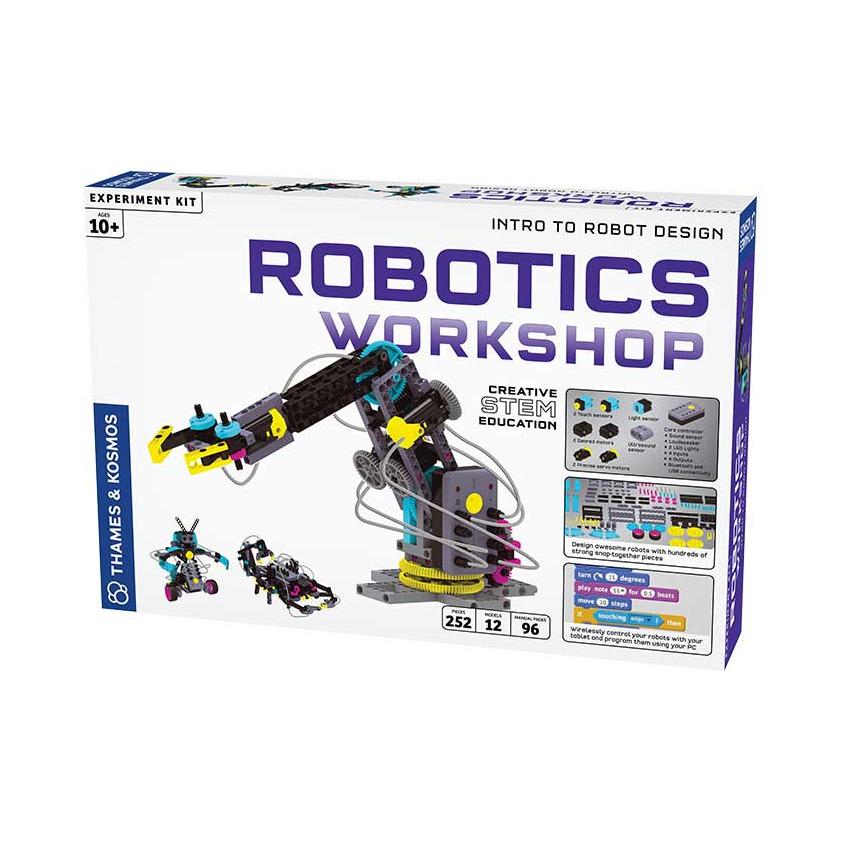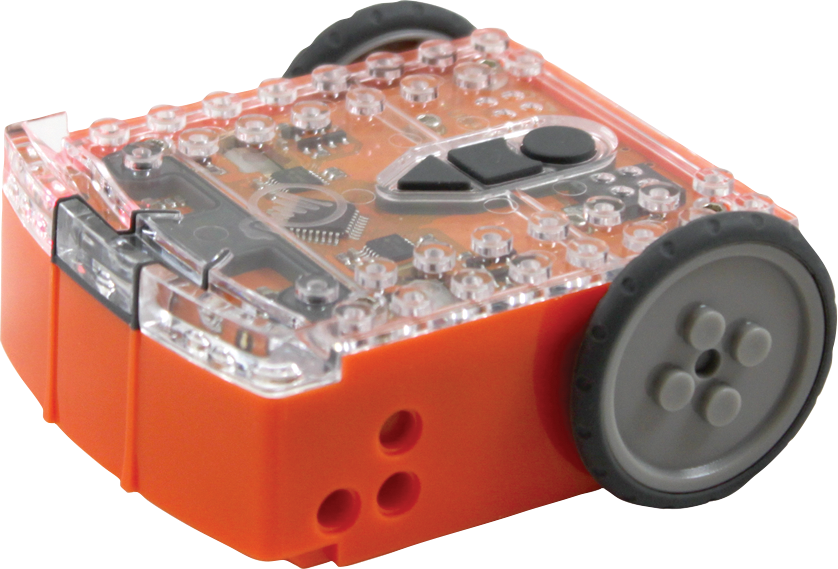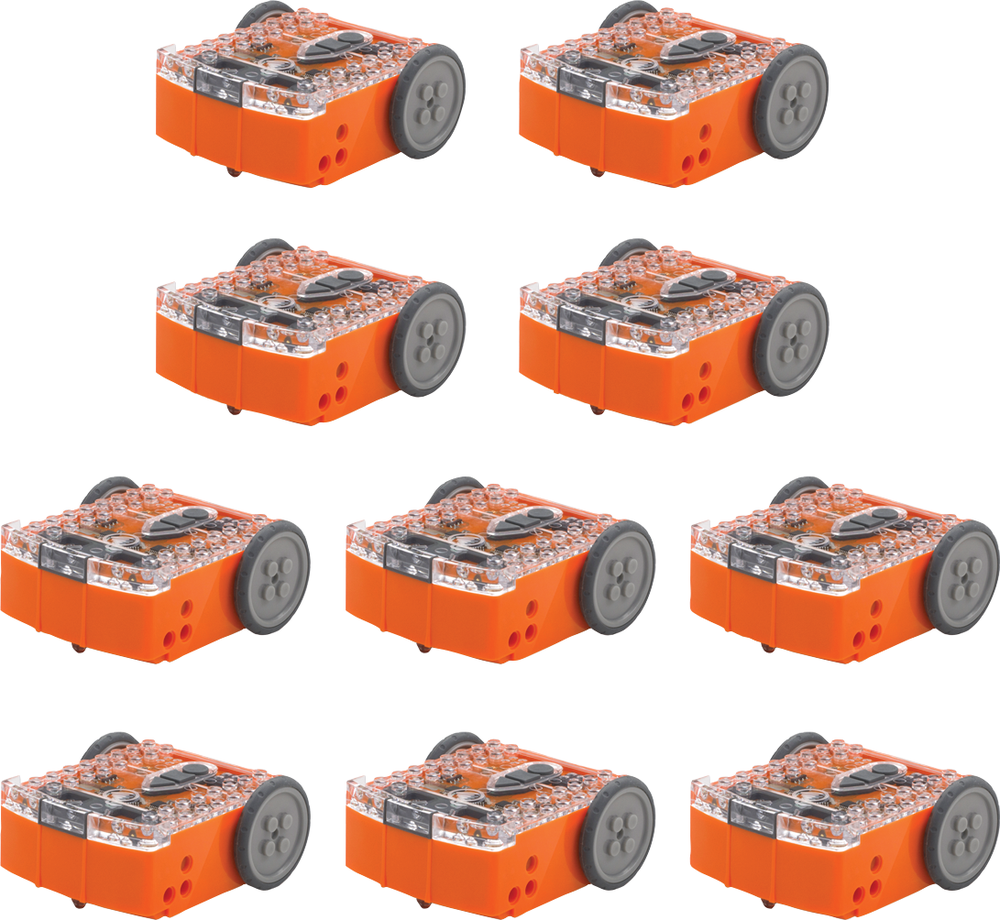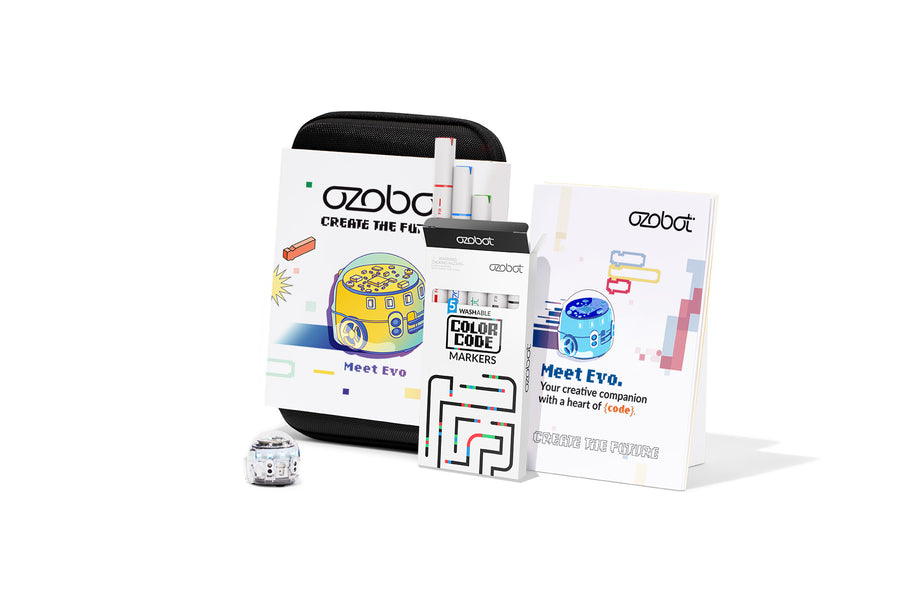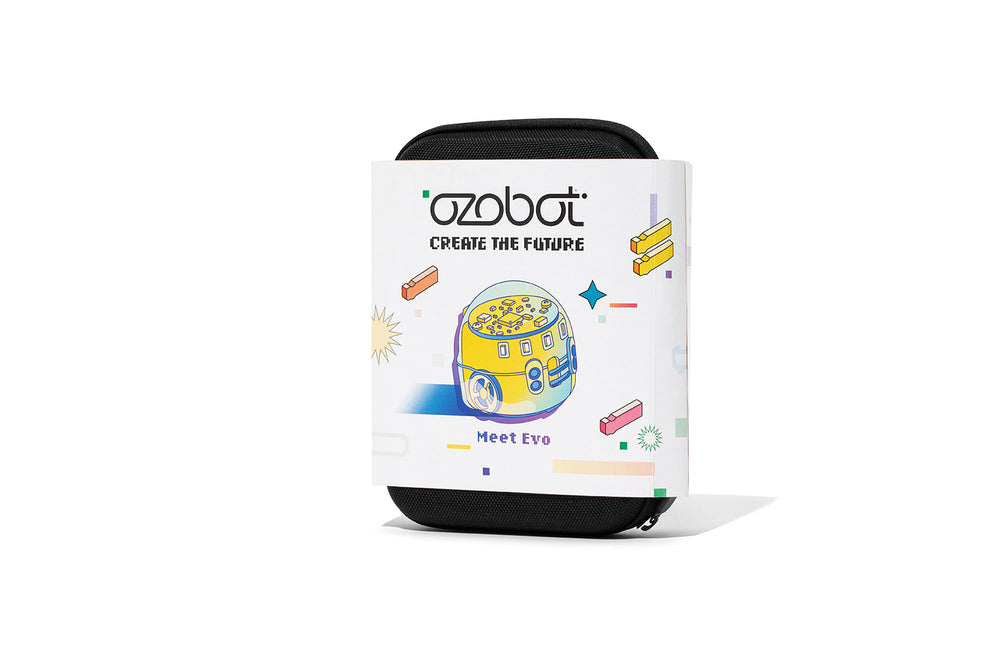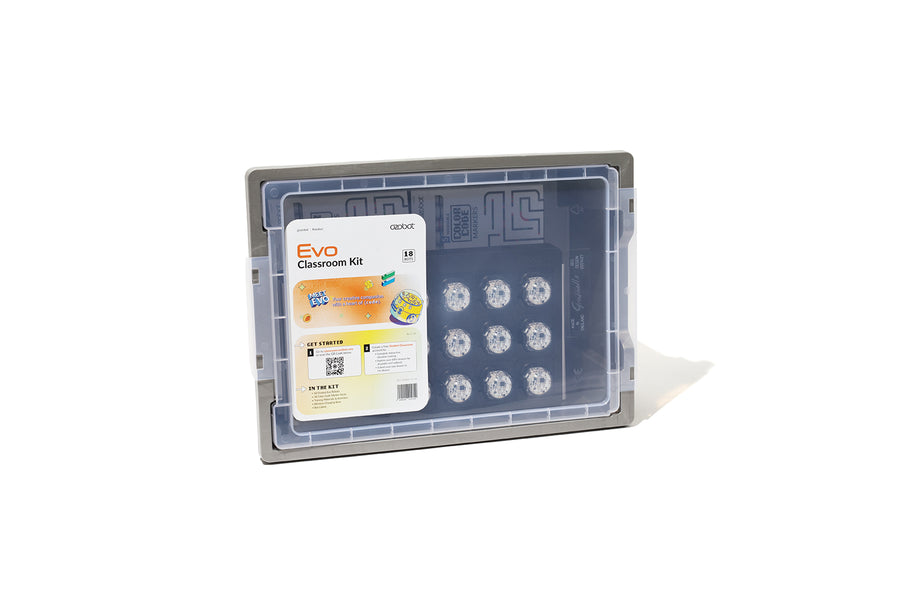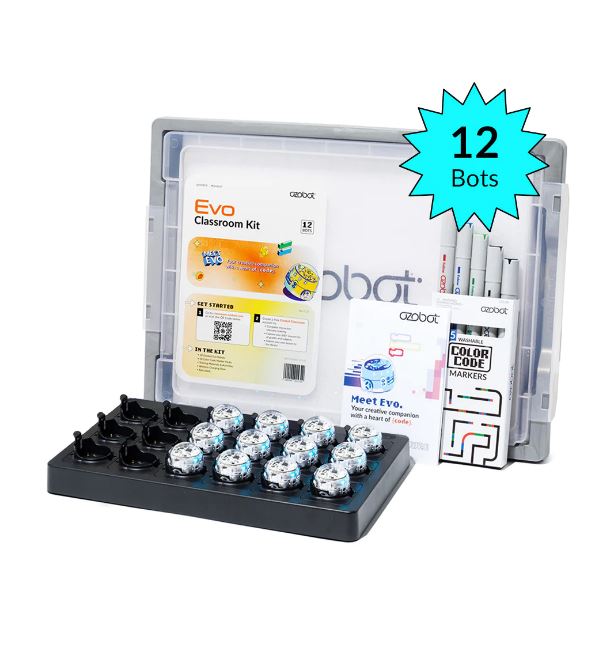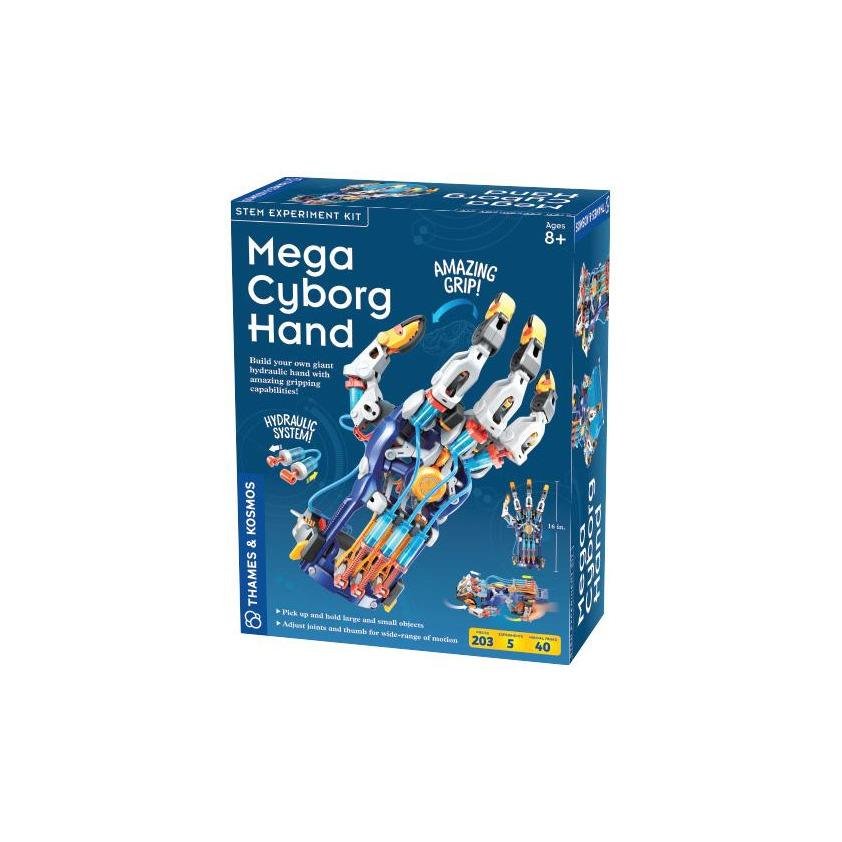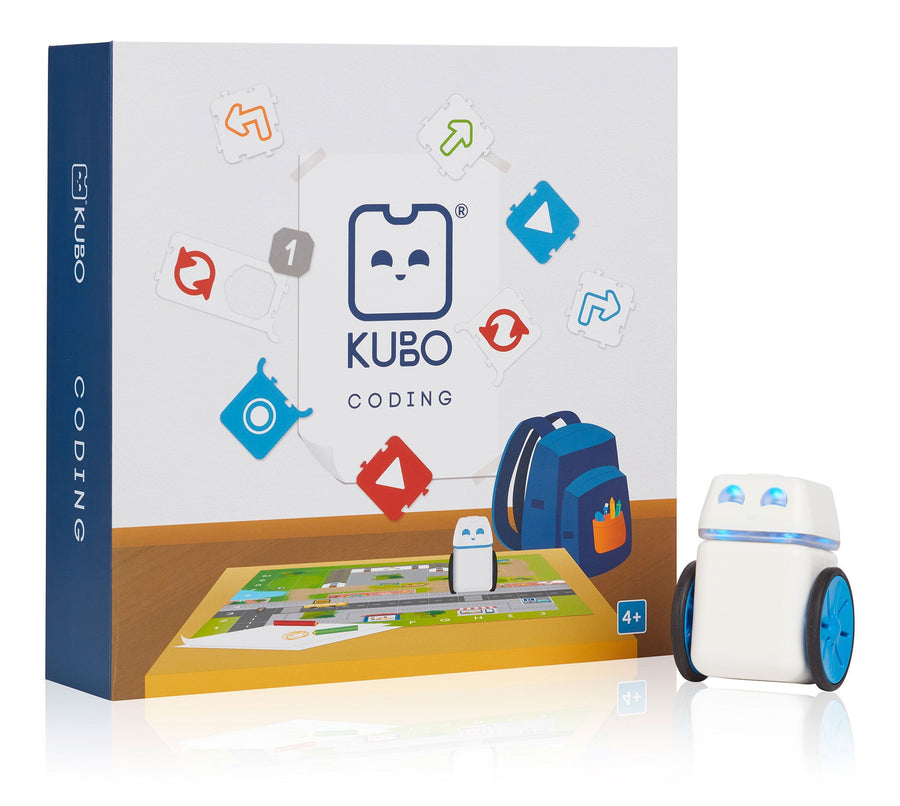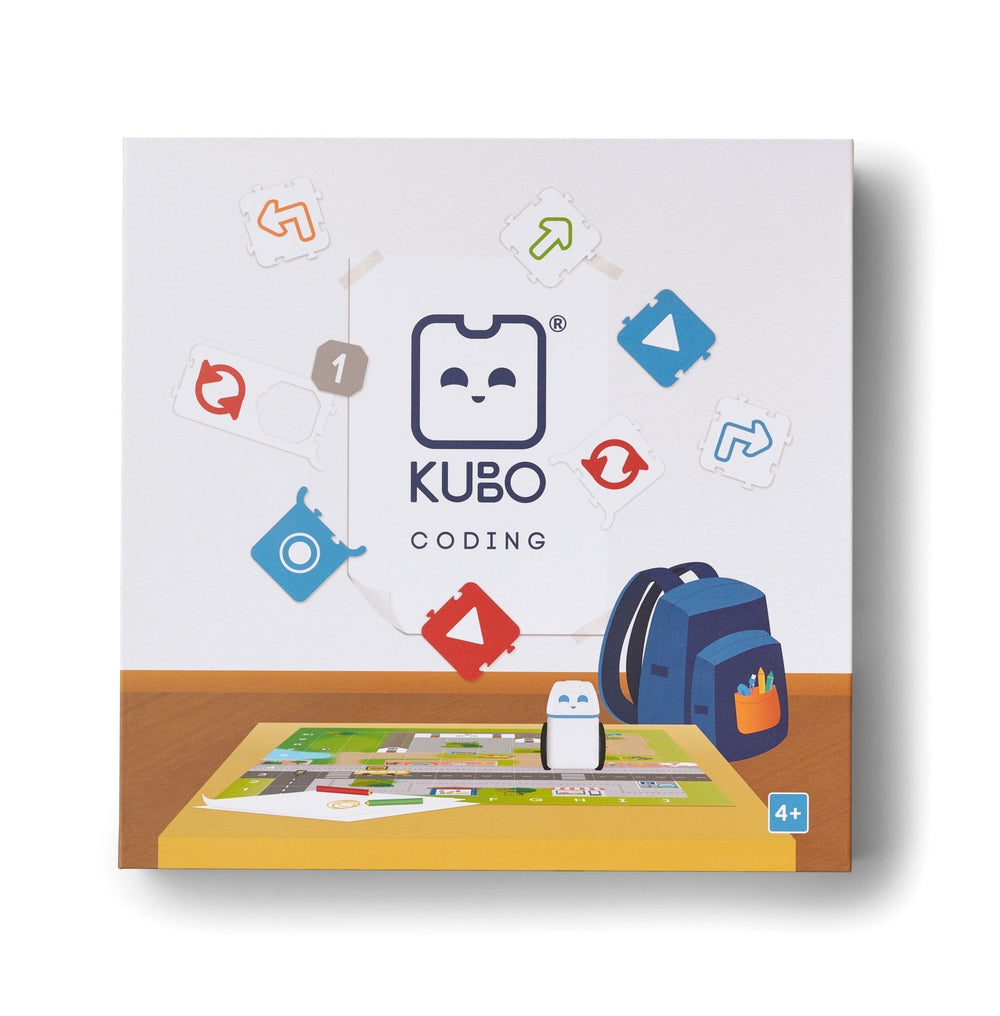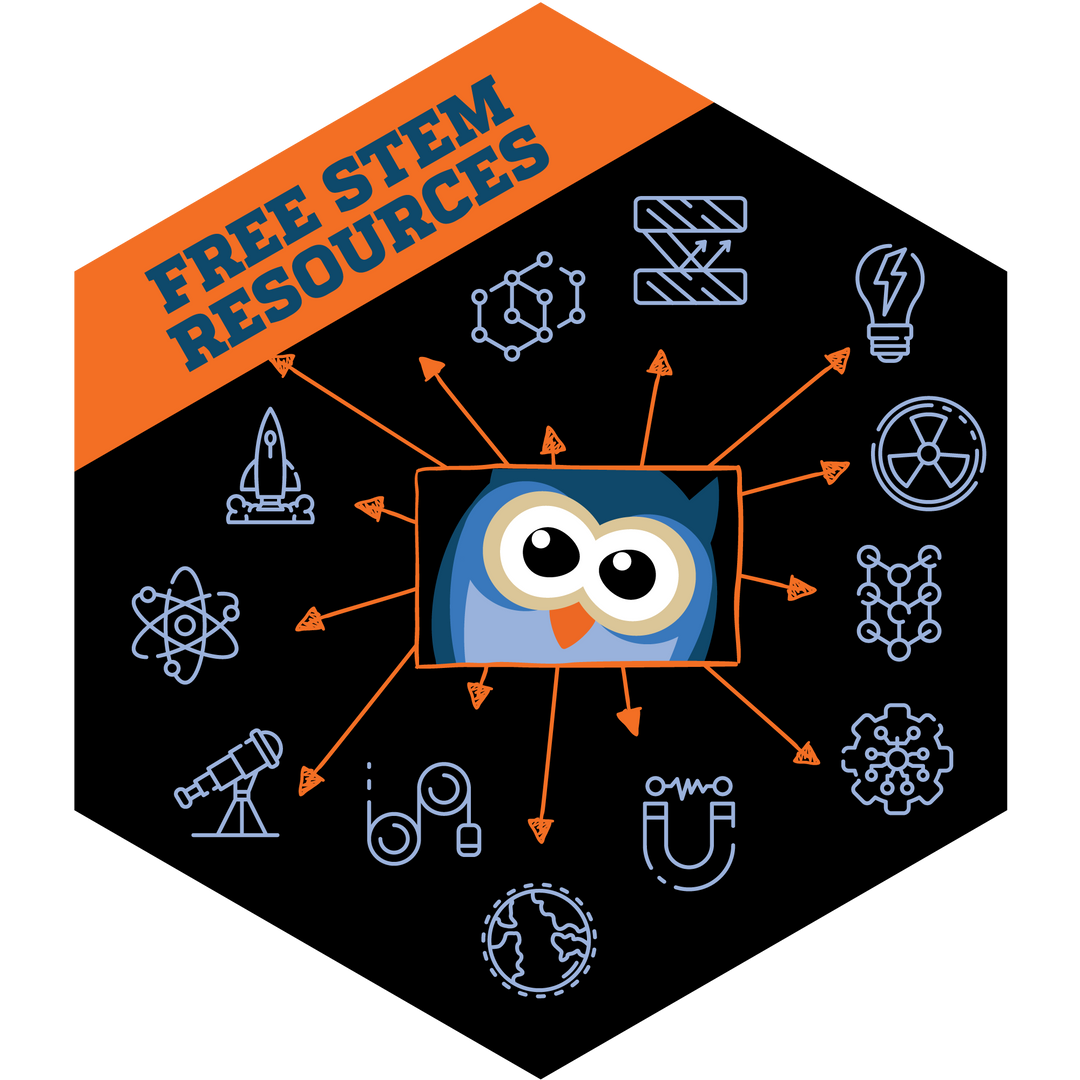- Ages 10+
- 12 Models
- 252 Pieces
- 64-Page Manual
Build and program robots with this complete robotics engineering system. Using sensors, motors, a core controller, and hundreds of snap-together building pieces, you can follow the instructions to assemble 12 different robots. The versatile parts also allow you to make robots according to your own designs.
This fun robotics curriculum starts out with instructions for building simple robots, teaching you how the sensors can be used to control the robots. Build an ultrasound robot that can avoid obstacles, a line tracker robot, a touch sensor robot, and a doodling robot. Move on to more complex robots that have multiple functions, such as a ball-manipulating robot, a crawling robot, and a grabbing robot. Finally build some functional, helpful robotics including an automated door-opening robot and a protected robotic safe to store your valuables.
After you have mastered all of the robotic models in the instructions, you will have the tools and knowledge you need to go on and build and program your own amazing robotic creations.
The robots can be controlled directly in realtime and programmed to perform series of commands using an easy-to-use, free downloadable app on tablets and smartphones. The app wirelessly connects to the core controller using a Bluetooth low energy connection. You can create more complex programs using the open source visual block programming editor Google Blockly on a PC with a USB connection to the core controller. The app requires a tablet or smartphone running iOS or Android®.
A 96-page, full-color manual features step-by-step illustrated building instructions and instructions for how to program and operate the models.
ROBOTIC COMPONENTS:
Ultrasound Sensor
Your robot eyes! The ultrasonic sensor helps your robots gauge distances and determine where objects are. Using the core controller, the ultrasonic sensor is able to detect an object and measure its proximity. Technically it works like a sonar system: a sound is sent out and received again when it bounces off obstacles.
Light Sensor
Detect light intensity! The light sensor assists in helping your robot to see. It enables your robot to distinguish between light and dark, as well as determine the light intensity in a room or the light intensity of different colors. This makes it possible to program your robot to follow a black line.
Touch Sensor
Your robot fingers! The touch sensor measures information arising from physical contact with objects, enabling your robotic creation to “feel" things in front of it! The sensor can detect single or multiple button presses, and reports back to the core controller, which decides what to do according to the program. The kit includes two touch sensors.
Servo Motor
Take precise steps! The servo motor has a built-in rotation sensor that measures speed and distance and reports back to the core controller. This allows your robot to take precise steps with complete motor control! The kit includes two servo motors.
Regular Motor
Drive your robots! The motor brings motion to your robots: Connect the motor to gears, wheels, and other pieces to move your robots in many ways. The kit includes two regular motors.
Core Controller
Your robot brain! The core controller features a Bluetooth connection to tablets and smartphones and a USB connection to a PC. You can download programs from your devices to the core controller.
Speaker
Your robot voice! The loudspeaker integrated into the core controller is your robot mouth or voice. You can design what sounds you want your robot to make and when.
Sound Sensor
Your robot ears! There is a microphone on the core controller that can detect sounds. You can program your robot to react accordingly. So if you clap your hands once, it can mean one thing, and it you clap twice, it can mean a different thing. The sound sensor is able to measure noise levels around 3-6 kHz, where the human ear is most sensitive.


